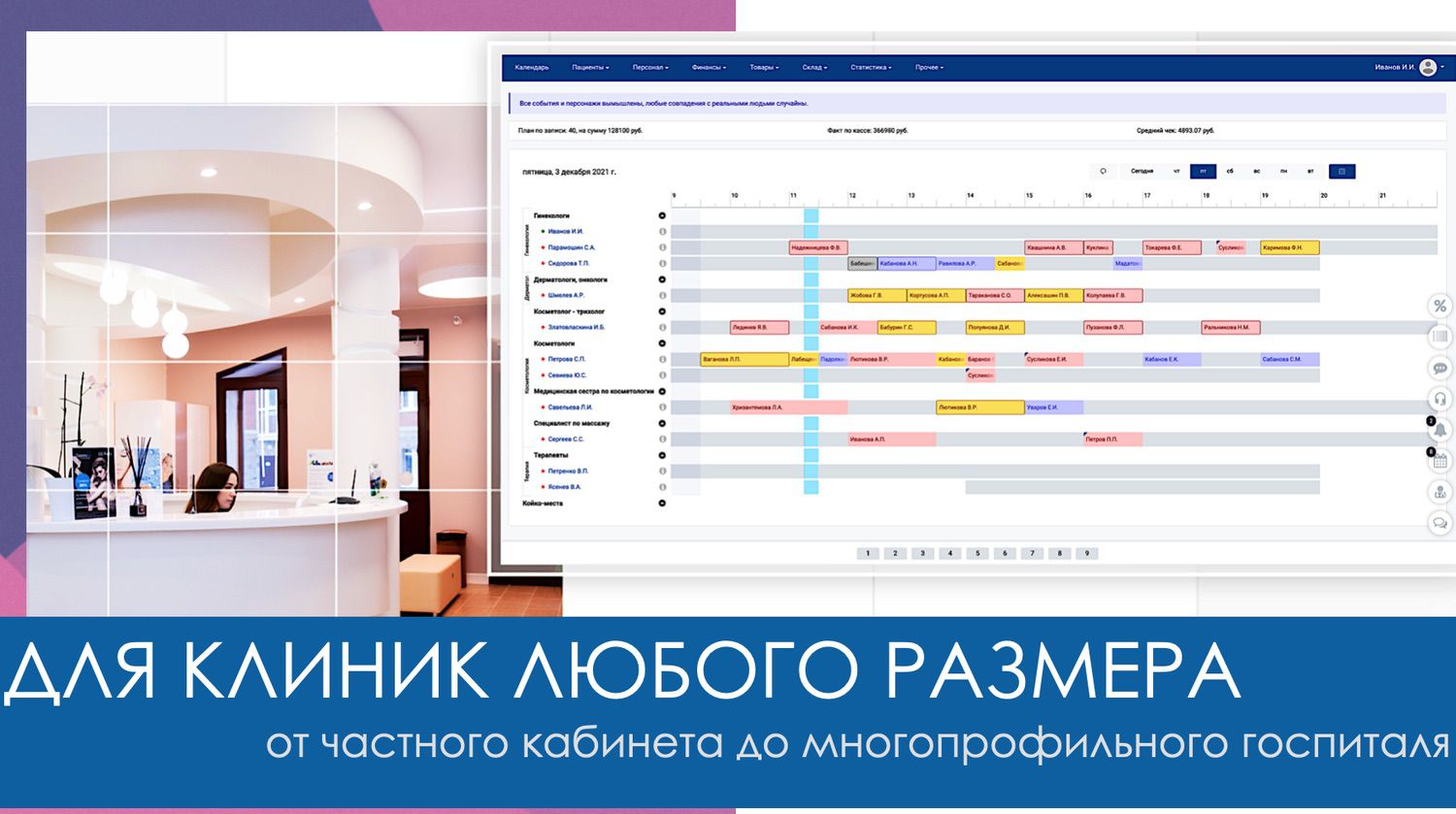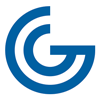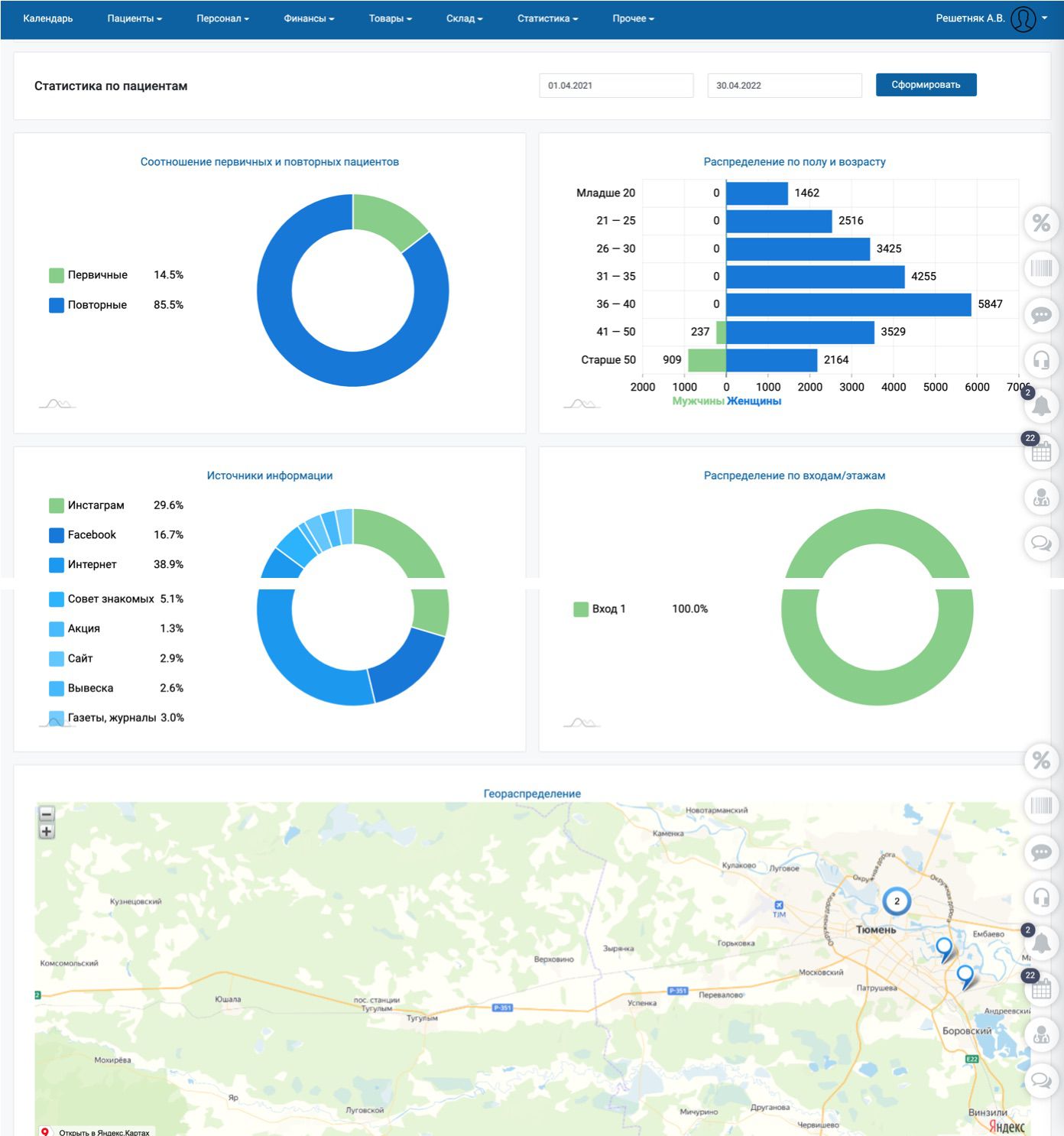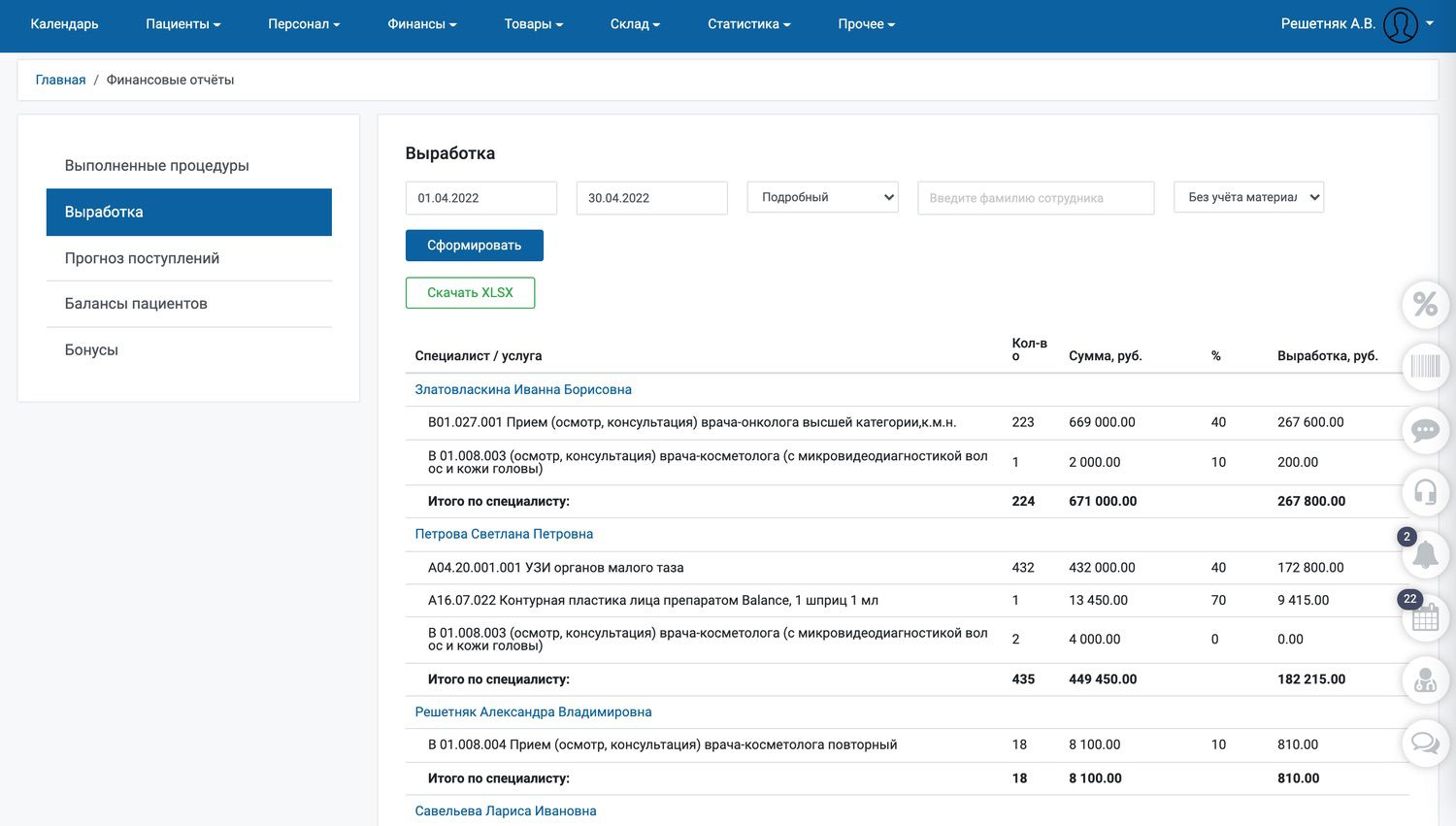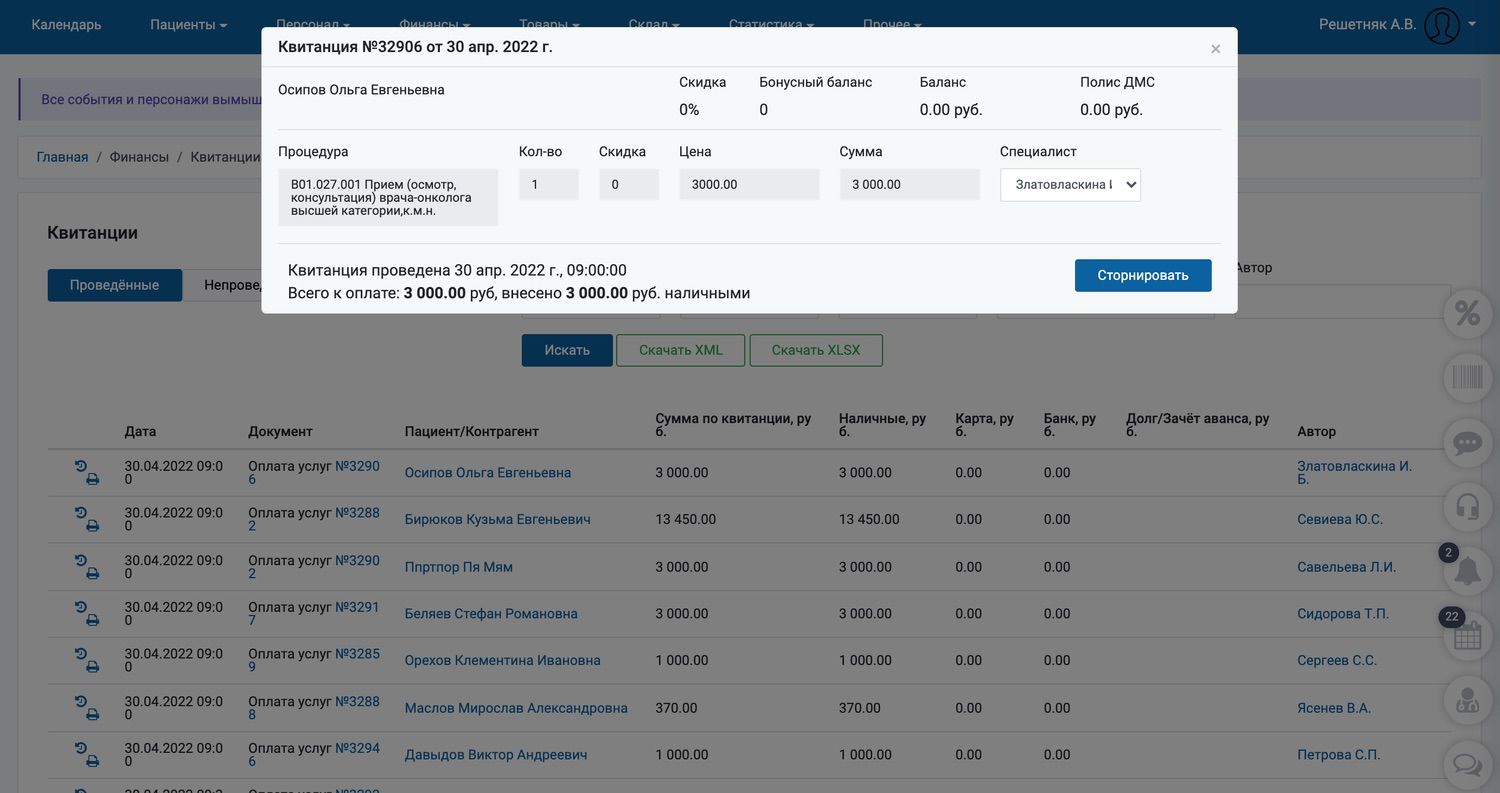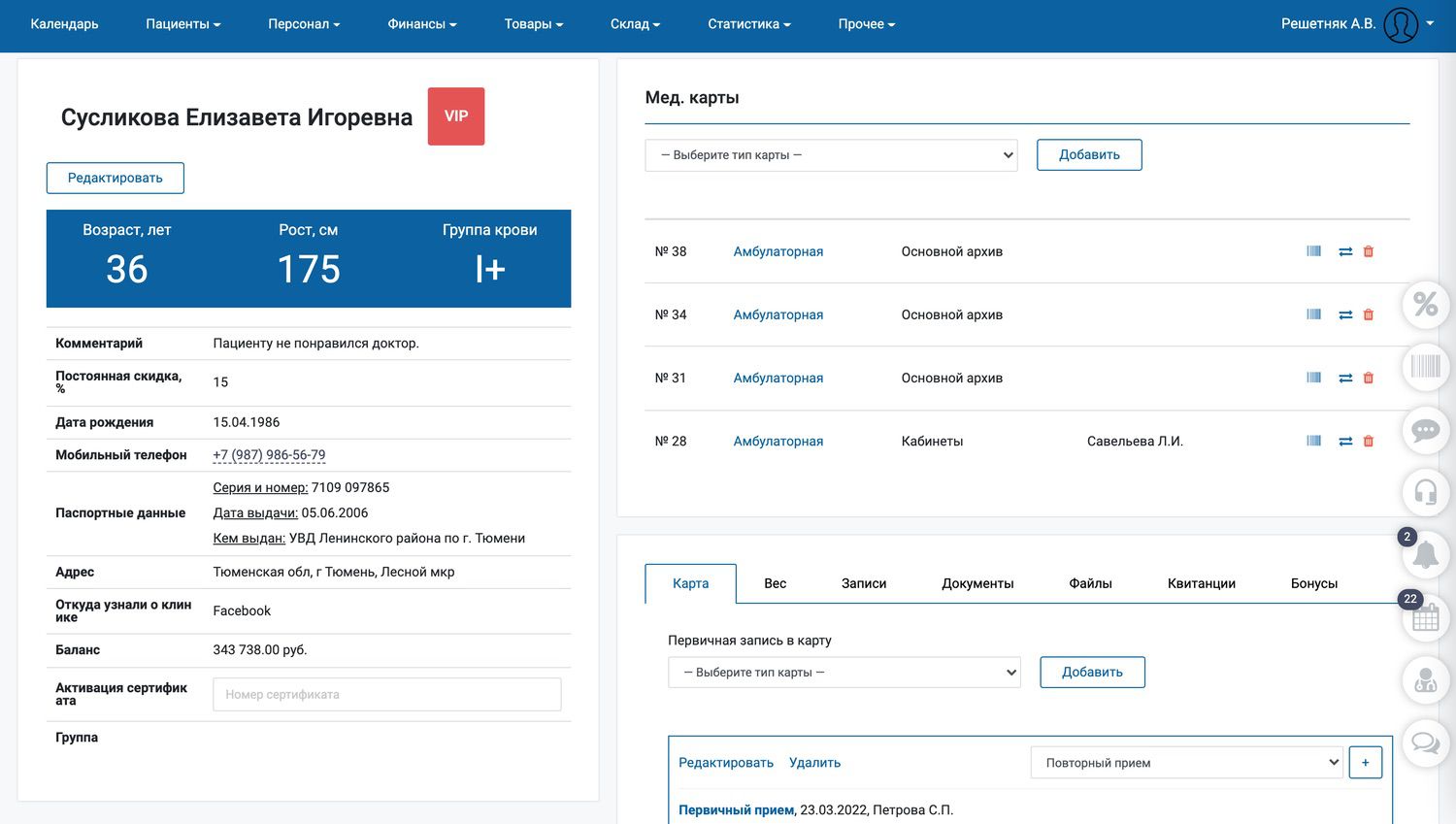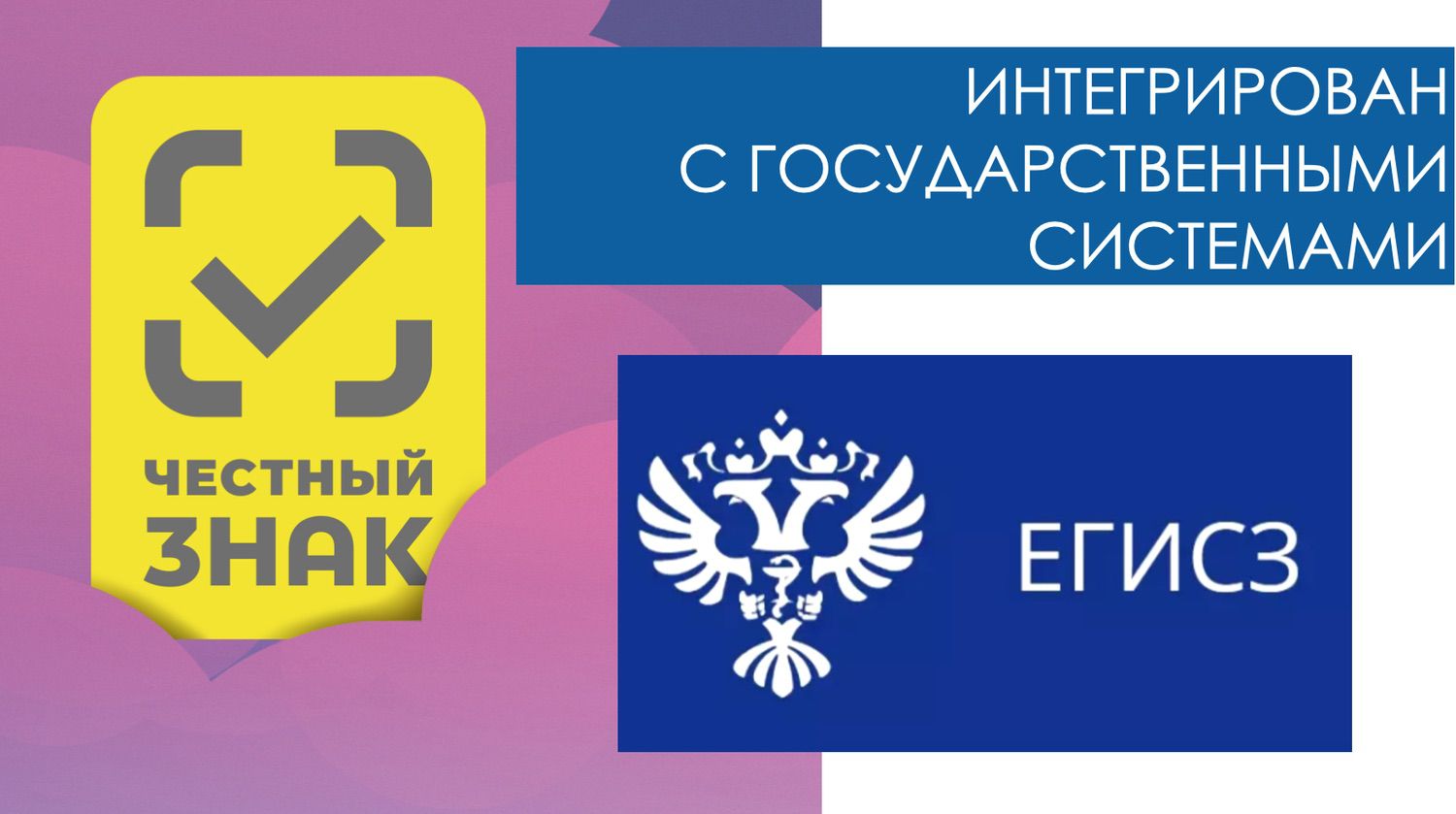
The introduction of information systems into the practice of medical care is a trend of our time. We offer a number of pragmatic recommendations on the use of the Matrix GO software and analytical complex in the management of medical institutions in general and the quality of medical care in particular.
Observing the active introduction of information systems into all spheres of human life and activities, one can state that this is the trend of our time, responding to the call for development.
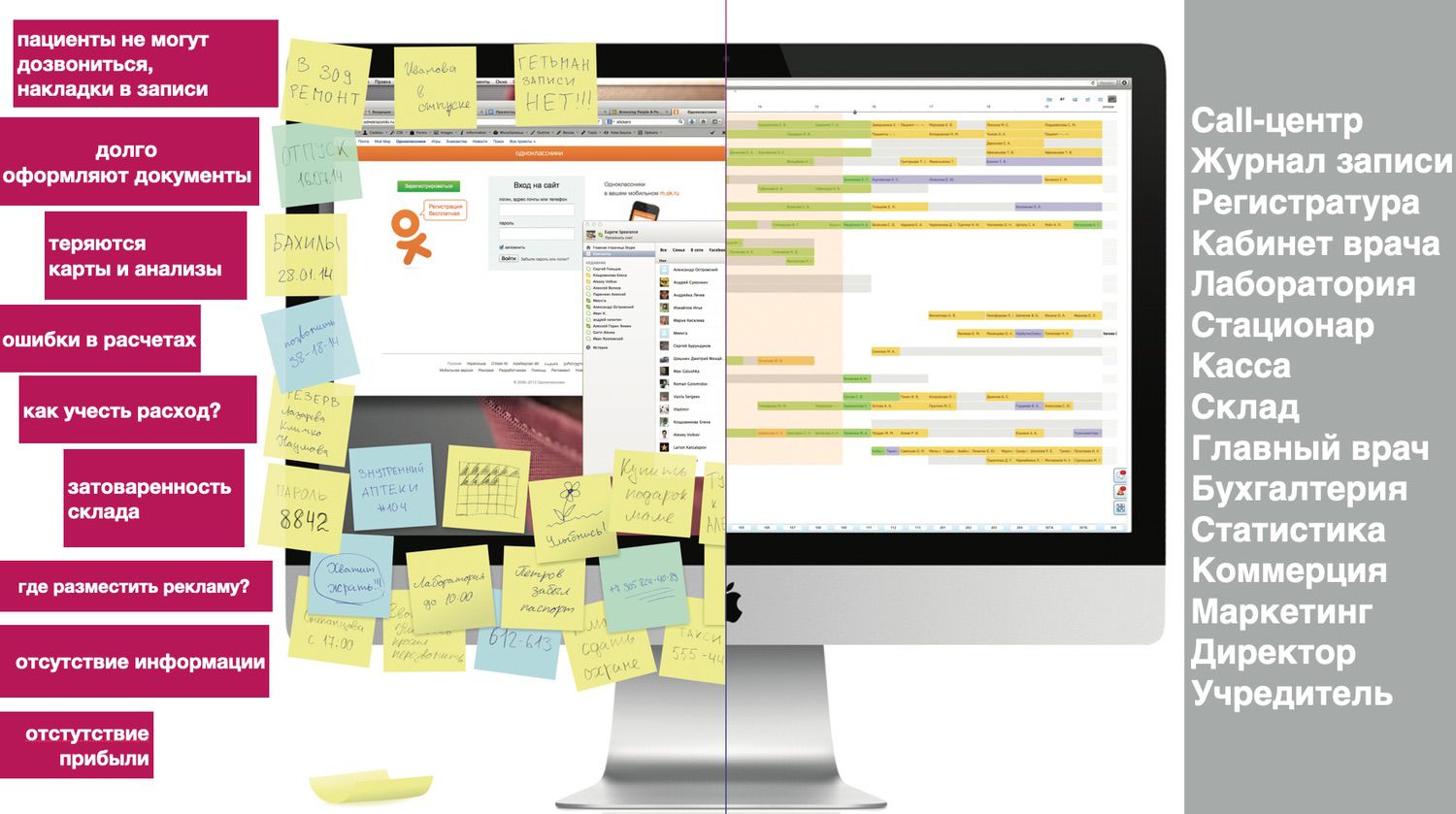
Everything develops. Staff motivation, competence, teams, processes and technologies, decision-making structures, behavior, patient interaction, interaction with suppliers, organizational "climate", organizational culture, authority structures, information flow structures, areas of responsibility, management styles and methods, interpersonal and intergroup relationships, and much more. Naturally this causes an increase in chaos and requires systematization as a way of building a relationship with chaos.
The essence of any business, let alone a business providing medical services, is to be and develop at the intersection of order and chaos.
However, specifically in medicine, there are categories that are very difficult to systematize, take, for example, the quality of medical care.

The need to discuss the quality of medical care dates back to the beginning of the last century, and the first consciously constructed system, when the state declared that it was taking responsibility for the quality of medical and sanitary well-being of the population, began in 1918. But it is only now that an understanding has emerged that the provision of medical care to the population and to the individual patient is not a set of disparate factors, but a functional social system - a set of medical, social and economic measures aimed at protecting and improving health. And due to the emergence of employees with different levels of professional training and increased state supervision, the use of information systems in improving the quality of medical care is becoming a priority.
When discussing the concept of "quality of medical care," there are traditionally different opinions, which reflect primarily the position of the party giving the definition.
The patient, physician, representatives of the insurance company or health care authorities, also being consumers of quality, from their point of view will be guided by different approaches in defining the quality of medical care. In this regard, the notion of expectation value, i.e., what the consumer pays for, why he or she needs a medical service, becomes important.
It is unlikely that the patient needs painful expensive procedures, rather he is looking for relief of his own condition, extension of life, improvement of his appearance, sympathy and, ideally, healing.
In most cases, the patient doesn't care what generation of equipment is in the clinic or whether it meets the technical specifications of the service. Improving one's well-being is the patient's value. It is by this value that he will evaluate the quality of care. Assessment of the actual medical effectiveness of treatment usually cannot be performed adequately by patients due to their lack of competence in these matters.
The patient wants to know where and to whom he can go in case of illness, how quickly he can get medical care, how carefully the doctor will listen to him and whether he has given him enough time, etc. Thus, no less important components in assessing the quality of medical care for the patient are awareness of the services and the level of service.
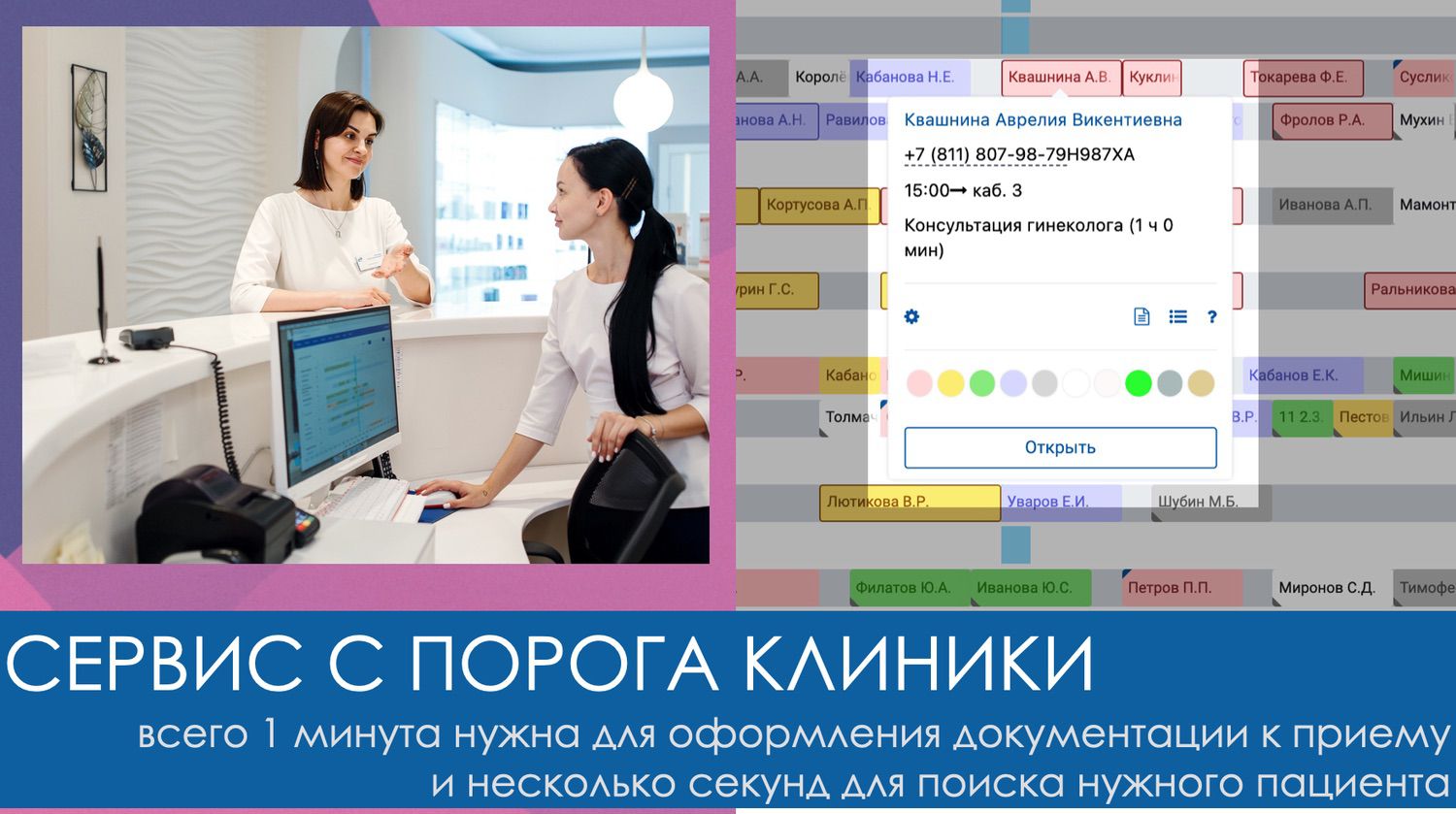
Other consumers of quality also have their own expectations. For example, for the government, what matters is the return on investment in the form of improvements in the key health indicators of the population. For health care authorities, financial and material resource indicators have traditionally been the most important: for example, the floor of a clinic building and the number of computer tomographs have a direct proportional impact on quality. For insurance company employees, when assessing the quality of care, the leading indicators are the cost of providing services within a specific clinical protocol and patient satisfaction, while patient satisfaction is usually of secondary importance. For Roszdravnadzor and Rospotrebnadzor - compliance with the legislation in terms of licensing and sanitary and epidemiological regime.
For the doctor, the quality of care provided is usually determined by a sense of accomplishment.
This requires tools that allow the doctor to free up more time for the patient rather than working with the medical record. With a number of functional modules, such as auto-fill medical records, Matrix GO is very easy to use for doctors of different ages, which is important because of the different level of doctor training in the use of computer technology.

Let's continue. And for the head of a medical institution, whether a private office or a multidisciplinary clinic, what is the criterion? Full compliance with the expectations of all consumers. The manager needs up-to-date information online, as a result of processing all medical, economic and social data.
Due to the fact that there is quite a lot of data in the full cycle of providing medical services - it is the work of the call center, and medical documentation with the execution of contracts and certificates of incapacity for work, it is the writing off of consumables with medicines, and the formation of a check for the online cash register, much more, which distracts the manager from the key quality components: patient awareness, service and healing, using an information system is guaranteed to increase control and manageability of medical and business processes
